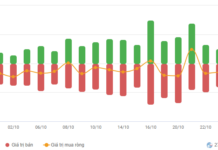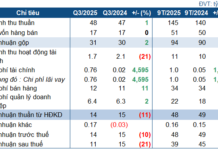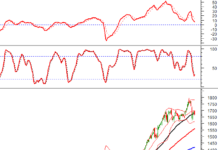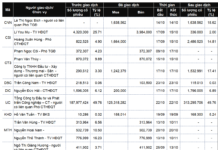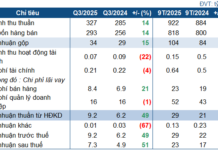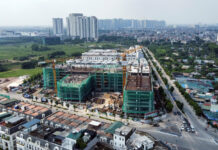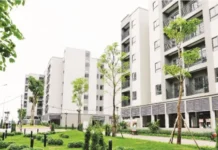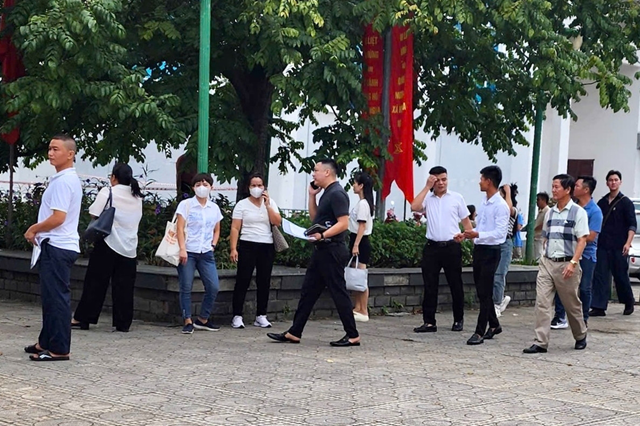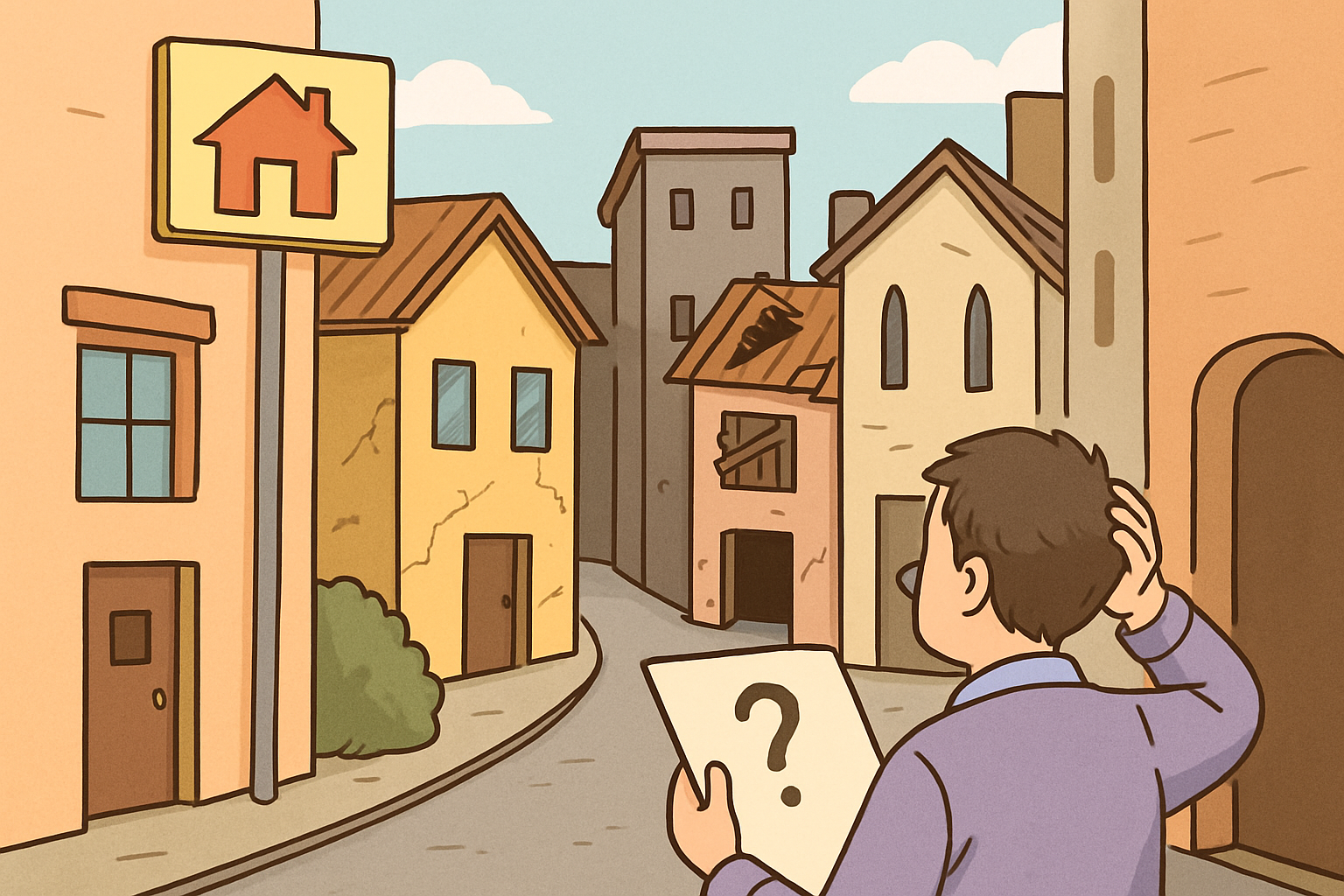
Why Are Alleyway Homes So Popular?
In densely populated cities like Hanoi and Ho Chi Minh City, land on main roads is becoming increasingly scarce and expensive. Homes in alleyways offer a more affordable option for buyers with moderate budgets. With lower prices and the advantage of existing infrastructure, these properties are convenient for daily life, making them a preferred choice for many.
Additionally, some narrow alleyways located near main roads offer both easy access and a quiet living environment, making them ideal for young families.
Common Risks When Buying an Alleyway Home
Despite their financial appeal, alleyway homes come with several potential risks that buyers should carefully consider. Firstly, there are transportation limitations: very narrow alleyways can be inconvenient for vehicles, making it difficult to move furniture or handle emergencies such as fires or medical crises.
Moreover, there is always the risk of urban planning interventions in alleyways that lack synchronized infrastructure. These areas may be subject to clearance or road expansion projects. Another concern is low liquidity: houses located deep in alleyways with difficult access often struggle to find buyers, limiting their investment potential.
Lastly, don’t overlook feng shui and lighting considerations—many homes in narrow alleyways lack natural light, resulting in damp and stuffy conditions that impact the long-term quality of life for residents.
Types of Alleyway Homes to Avoid
According to experienced investors and brokers, there are certain types of alleyway homes that buyers should steer clear of, regardless of the price.
1. Alleyways Where “Motorcycles Barely Pass Each Other”: This characteristic makes the property’s value stagnant or even decline compared to the surrounding area, and daily life can be inconvenient.
2. Homes at the “End of a Dead-End Alley” or Deep in a Dark Alley: These locations often suffer from poor air circulation, low light, and unfavorable feng shui. They are also challenging to resell due to their less desirable location.
3. Homes Built on Shared Pathways with Unclear Land Titles: Many alleyway homes are constructed on communal land, and the pathways are not legally separated. In case of disputes, buyers may lose most, if not all, of their rights.
4. Homes Affected by Urban Planning, Built Without Permits, or in Violation of Permits: This is the riskiest group. Even if the price is attractive, issues with permits, land titles, bank loans, or reselling will be extremely difficult to navigate.
5. Homes Significantly Lower Than the Road Level: These homes are prone to frequent flooding, especially in cities like Hanoi and Ho Chi Minh City, which experience heavy rainfall. The necessary waterproofing and repairs can significantly increase maintenance costs.
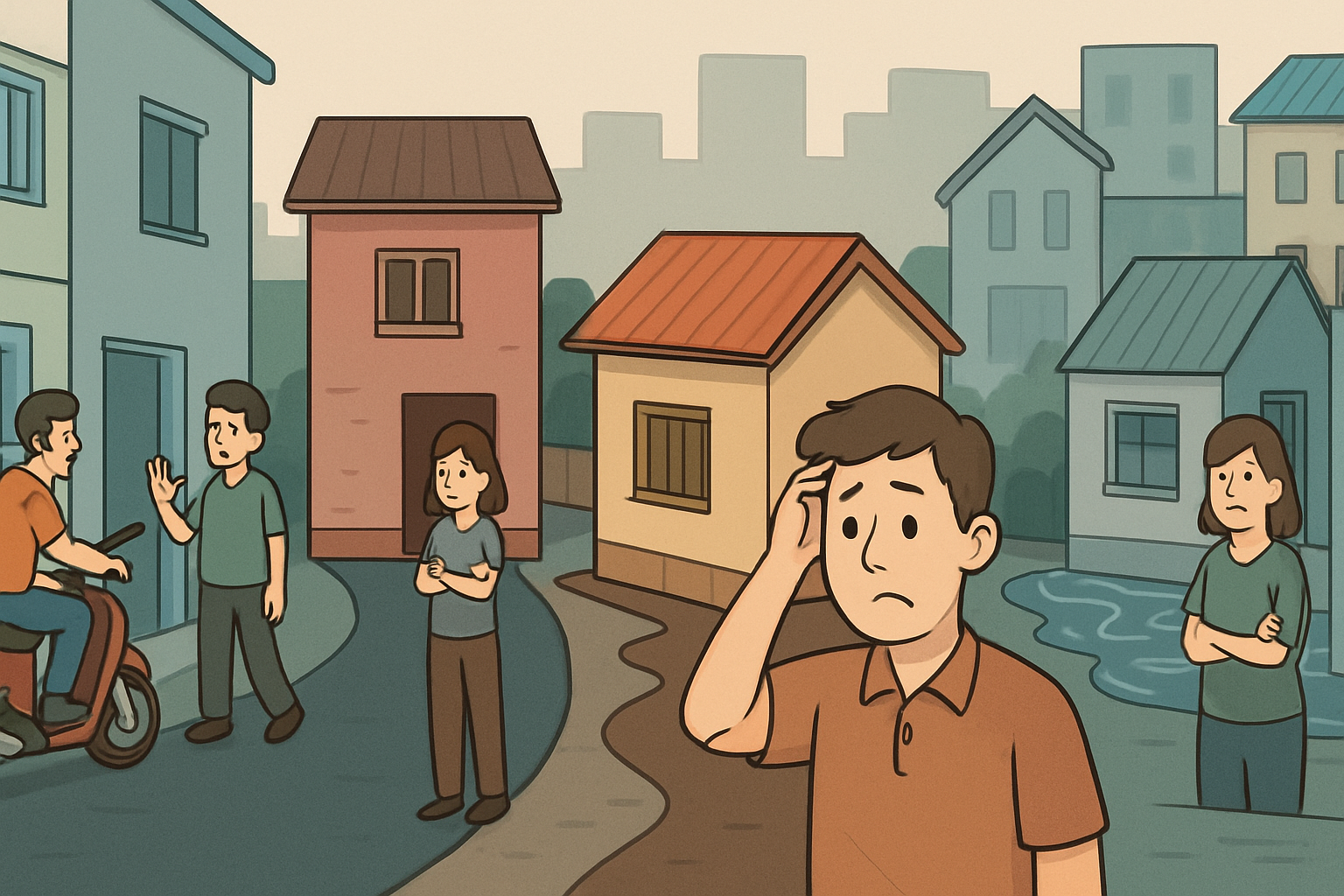
When considering the purchase of an alleyway home, buyers should pay close attention to legal documents and obtain urban planning information from the local People’s Committee. It is advisable to conduct multiple site visits at different times of the day and consider future transportation and resale potential. Don’t let the allure of a “bargain” price overshadow these critical factors.
Alleyway homes remain a sensible choice for many families, especially with the escalating prices of real estate. However, this segment also carries certain risks. By exercising caution during the selection process and avoiding properties with legal and locational “taboos,” buyers can ensure a peaceful long-term residence while safeguarding their asset’s value.
Stock Market Blog: Sell Less, Balance the Price Easy
Today’s trading value on the two exchanges dropped below 10 trillion VND, the lowest in 13 sessions. The continued low liquidity indicates weak selling pressure, with both buyers and sellers temporarily reducing their trading intensity to observe. Price volatility in this situation can change rapidly…





